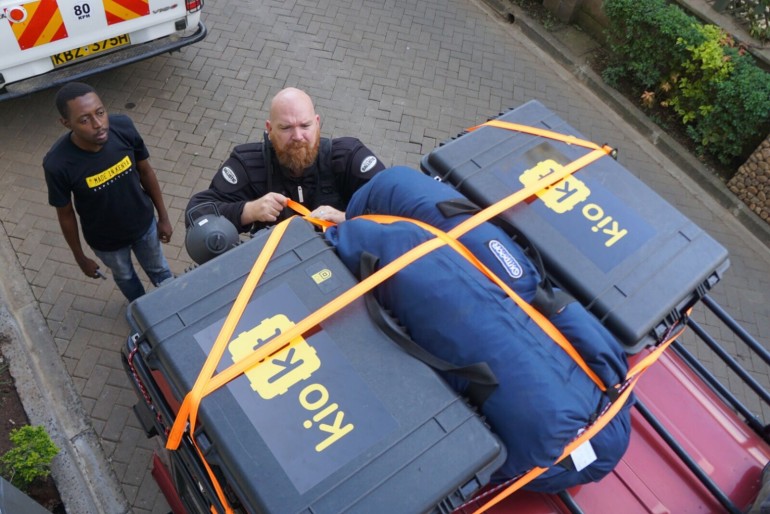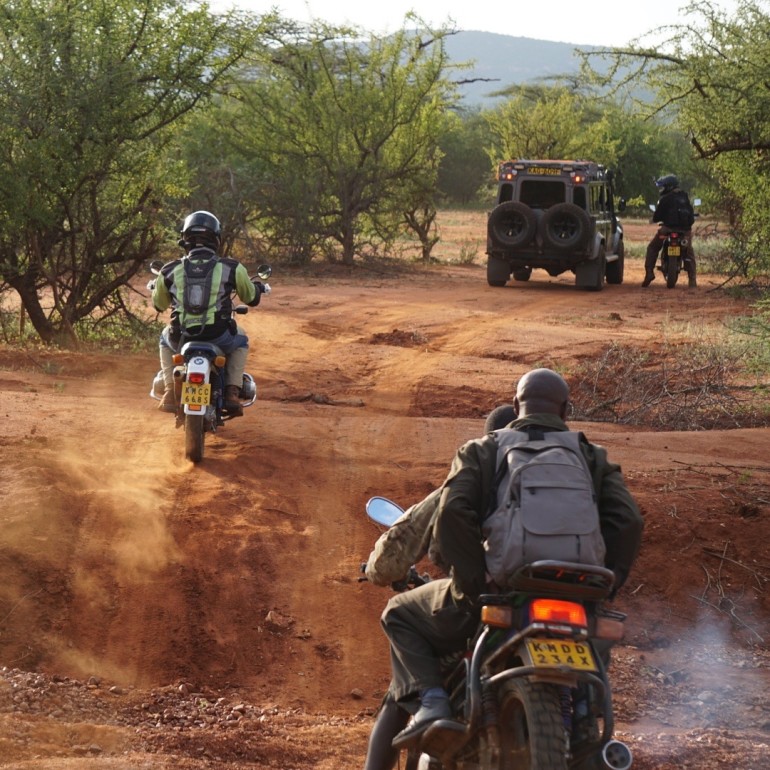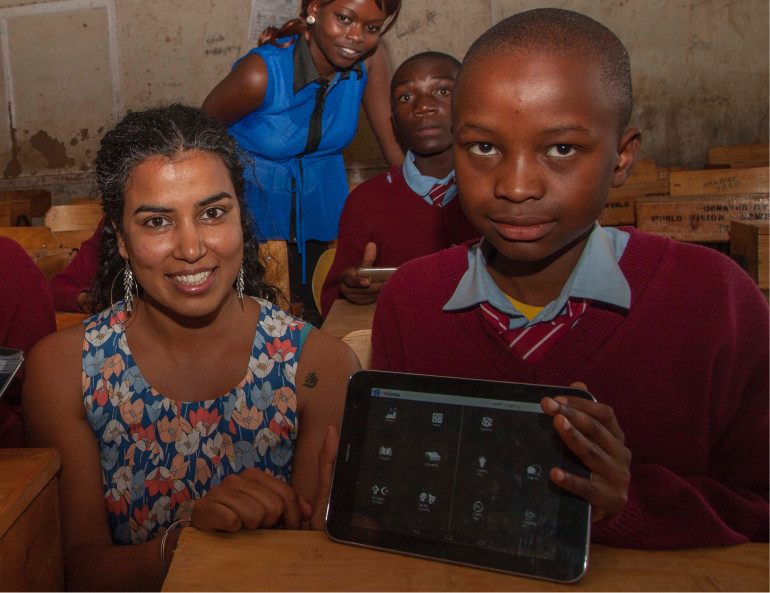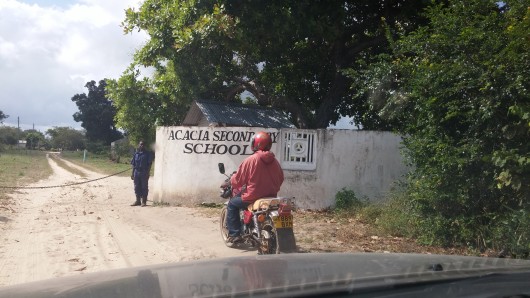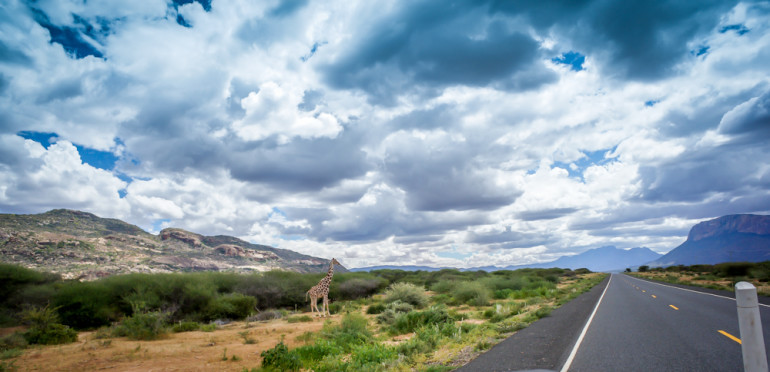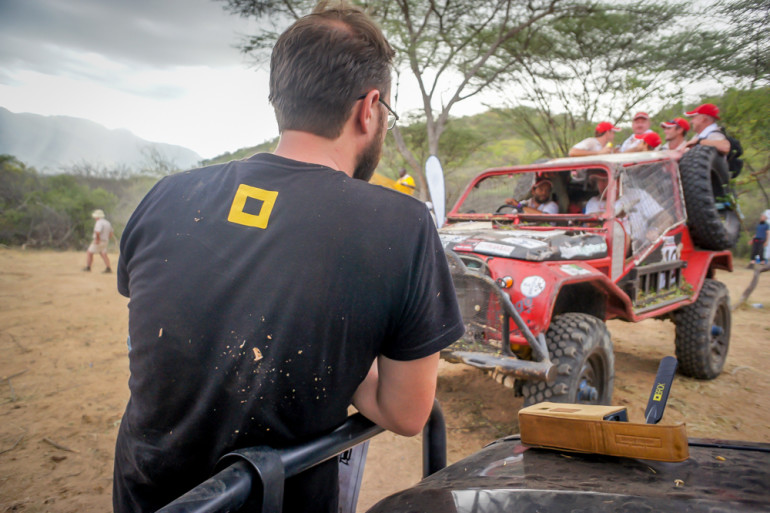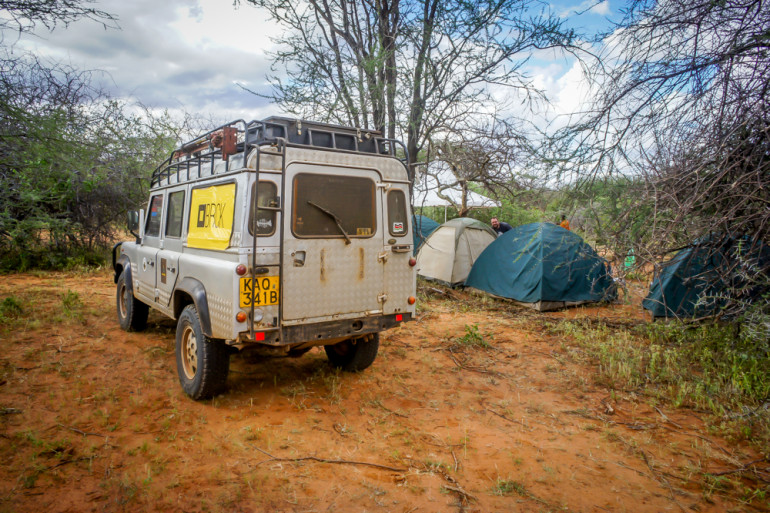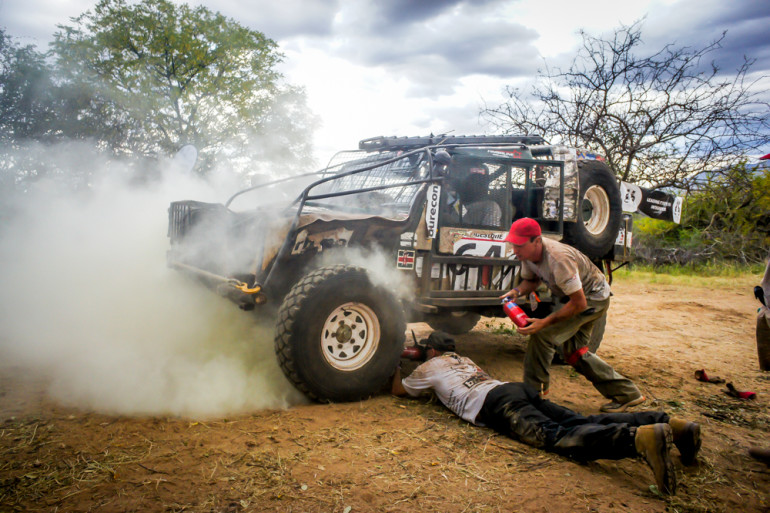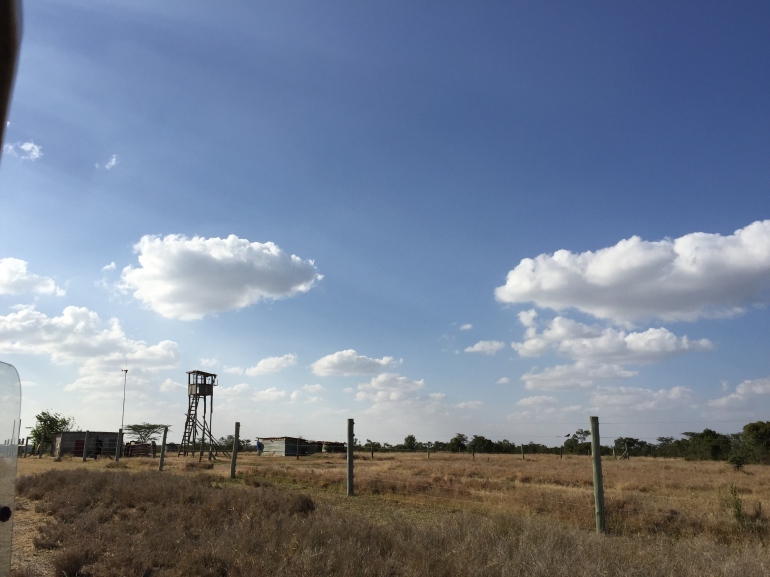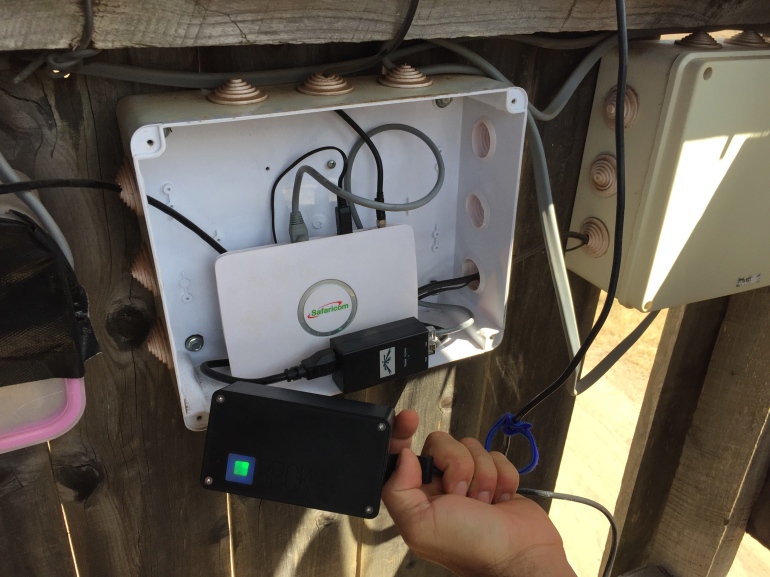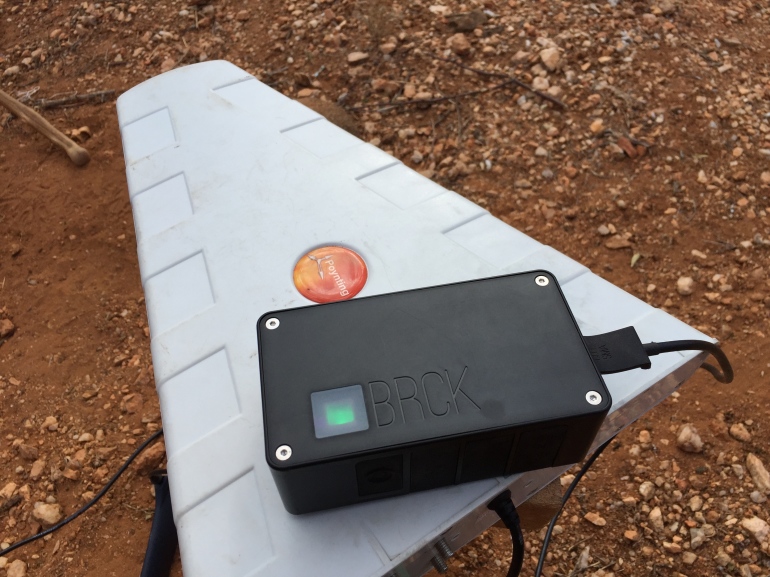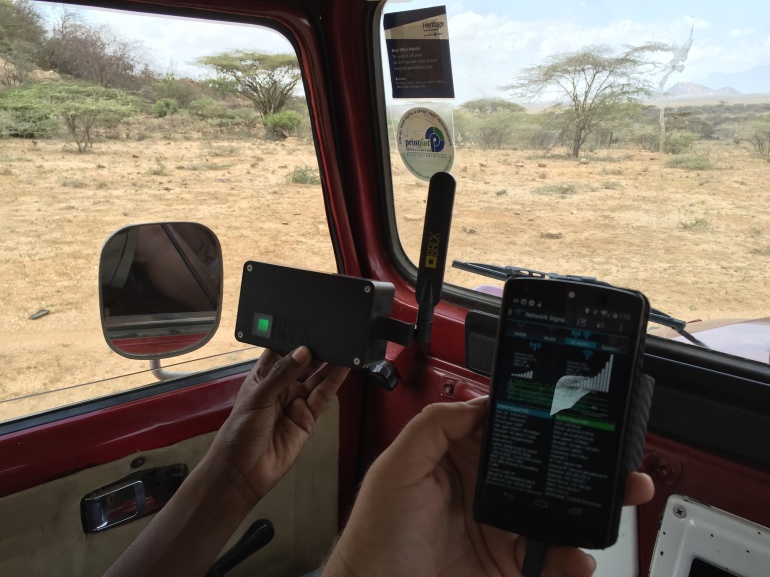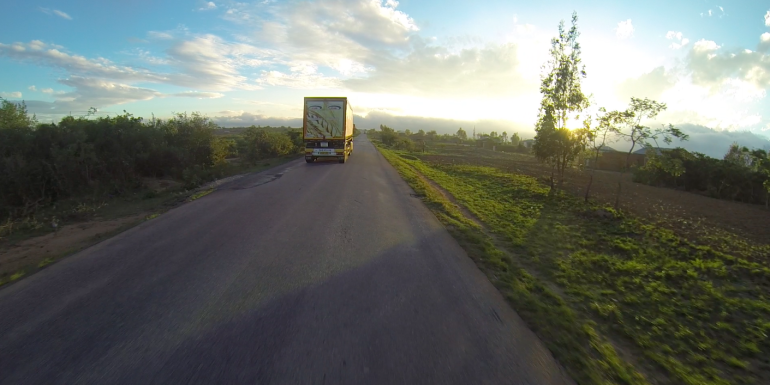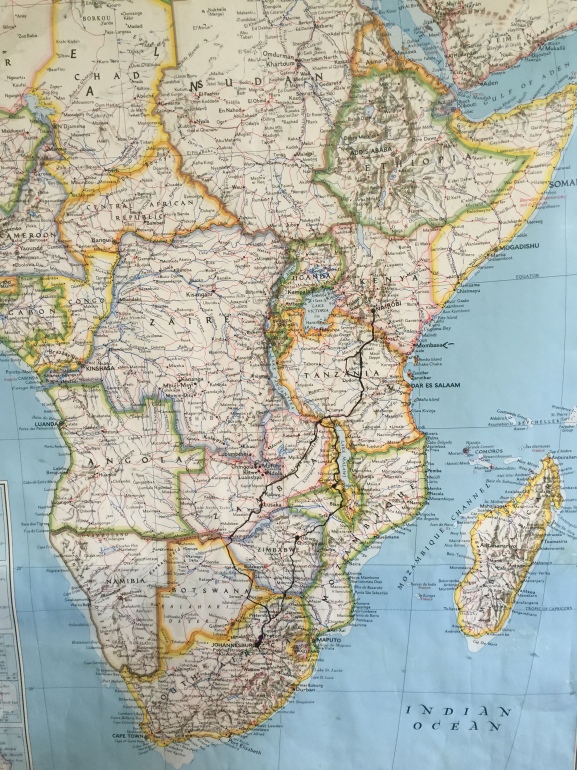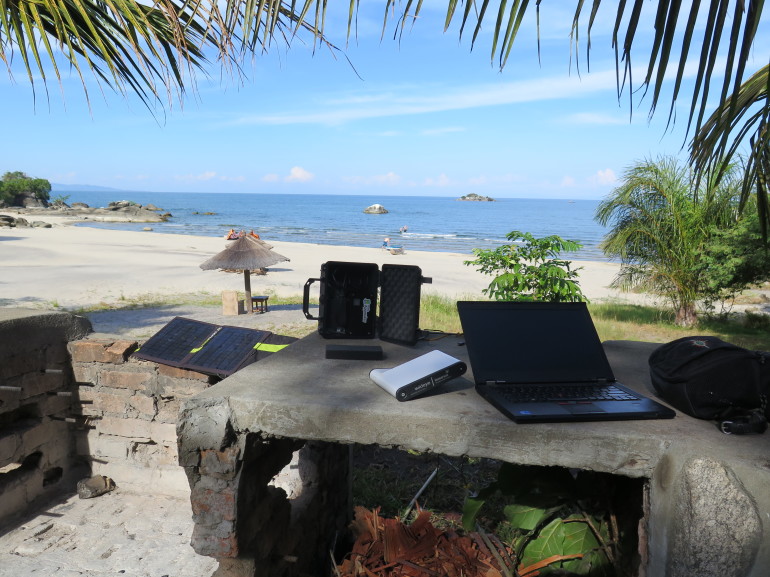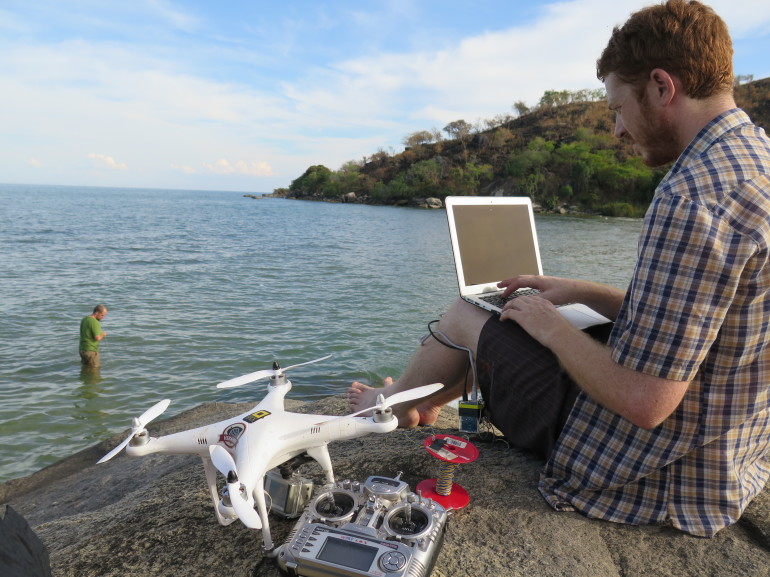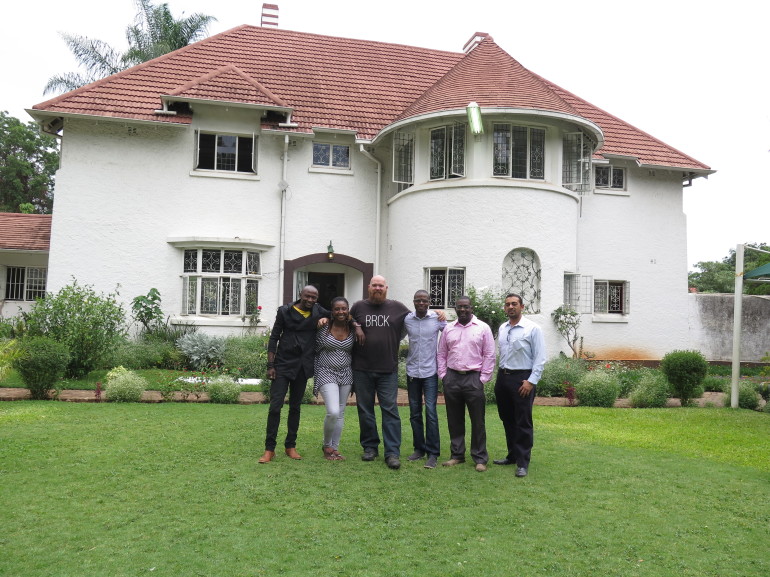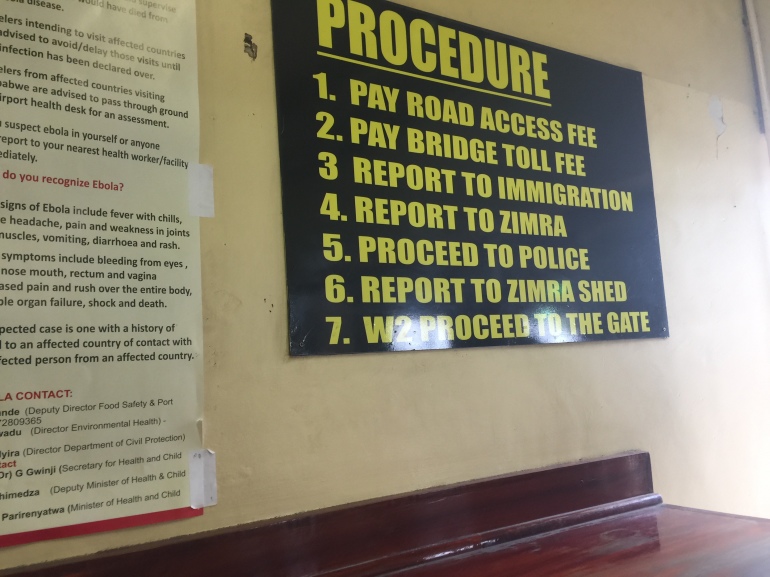Digital Literacy on Kenya’s Frontier
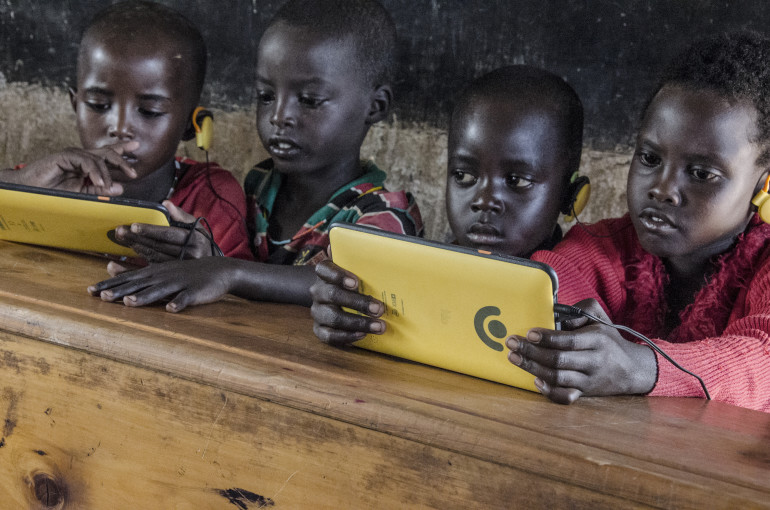
Kio tablets in action
Kiltamany Primary School is your typical forgotten school. A 20km dusty path from Archer’s Post leads to a small village between Kalama, Samburu and Westgate conservancies. Most women make beaded necklaces and most of the men herd goats. The children giggle coyly when you speak to them, but, like children everywhere, they are curious and eager to learn. As we sat around the campfire last night, it dawned on me how much energy we draw as a team from our “inner child.” I’m thrilled we are working with children this Expedition.
When we arrived at the village yesterday evening, the women sang and danced to welcome us. We took many pictures of their warm and carefully rehearsed welcome. At one point, a woman pulled out her phone and took a picture of us. In that beautiful moment all our hearts soared!
Until 3 years ago, the women of Kiltamany village would walk 13km everyday to fetch water. The new solar powered borehole water tower now means they have a few extra hours in their day. 6 months ago, they starting using tablets and learning how to read, write, add, subtract and now multiply. I watch in wonder as a 50-year old lady learns the concept of division. She weaves her thin fingers between the 12 strands of a beautiful beaded necklace to show me 3 bundles of 4 strands each.

Wmalimu Elijah and his class
The Kio Kit charged in the school last night. This morning, the headteacher, Mr Elijah Njogu rang the bell and the children from surrounding villages began to trickle in. “December holidays” do not apply to Kiltamany. We ran 3 classes back to back today. It’s crucial to our design process to understand how exhausting it is to be in a hot, dusty classroom with excitable children all day. Our appreciation of the work of teachers grows every time we go to schools. The children, like all children, take little time to start using the tablets. The headteacher lead them through lessons in counting, nutrition and force. After watching the catchy Ubongo songs, the students remembered key concepts that would otherwise take several lessons to reiterate.

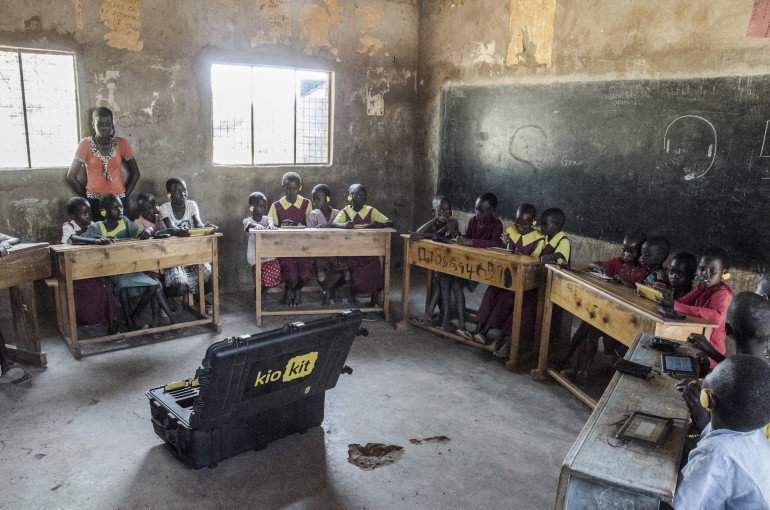
The Kio Kit in a school room
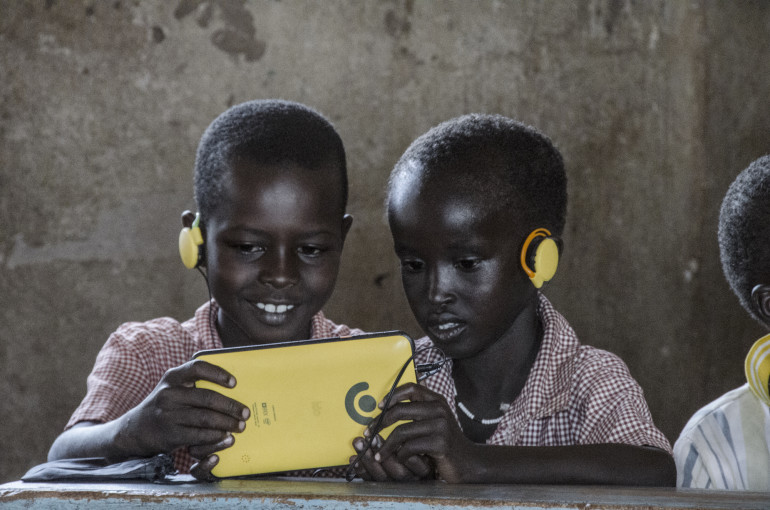
Two children on the Kio
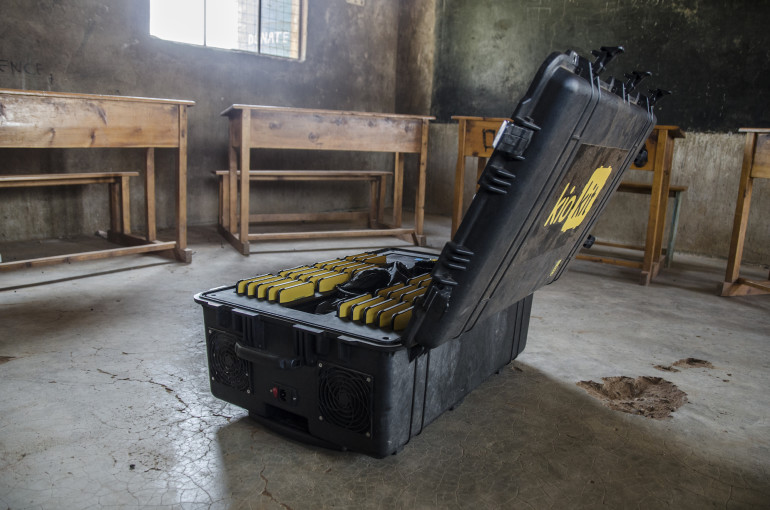
The BRCK Kio Kit
As always, we notice challenges and strive to learn valuable lessons. The classroom where the Kio Kit charged was dusty and the lights of the Kit attracted many bugs; we wonder how many dead bugs we will find in the Kits in a few months, what damage they may do. A shy girl peered at us through the classroom window as her goats grazed nearby; we have come a long way, but still have some work to do to ensure every child has the opportunity to go to school.
The community has not asked anything of us. They express again and again how much they value education and what they dream of for their future. As we sat around the fire tonight eating goat with the elders of this community, we heard a vision for a community that desires equal access to education for all of their children – boys and girls. This cultural shift towards a future that would see a small girl from Kiltamany one day sit as Chief Justice or even President of Kenya is a harbinger of the future that we as BRCK Education are honored to play even a small role in realizing for our country.
